Welcome to the ultimate brake showdown: Dynamic Friction vs Wagner.
Fasten your seat belts as we delve into the heart of their performance, analyze quality, compare prices, and weigh pros and cons.
Whether you’re a car enthusiast or a casual driver, this comprehensive comparison will help you determine the true champion of automotive brake systems.
Let’s get rolling!
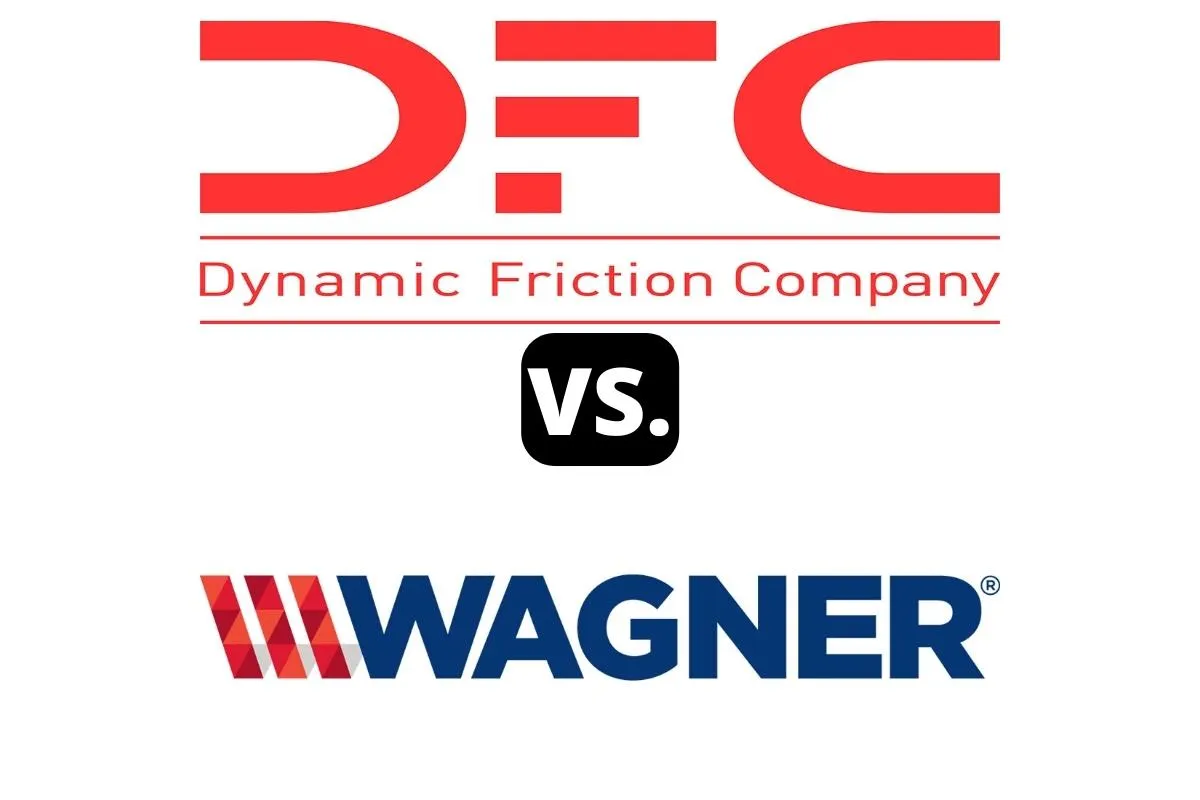
Dynamic Friction vs Wagner – Brand Comparison Table
| Dynamic Friction | Wagner | |
| Country of Origin | United States | United States |
| Year Founded | 2015 | 1891 |
| Made In | mostly in United States | mostly in China |
| Founder | Dino Crescentini | Herbert Appleton Wagner |
| Parent | Stand-alone | Federal-Mogul Motorparts group |
| Overall Quality | one of the best quality pads on the market – their 5000 Series | generally considered to be of respectable quality |
Dynamic Friction Zinc Coated Drilled and Slotted vs Wagner BD126407E Brake Rotors Comparison
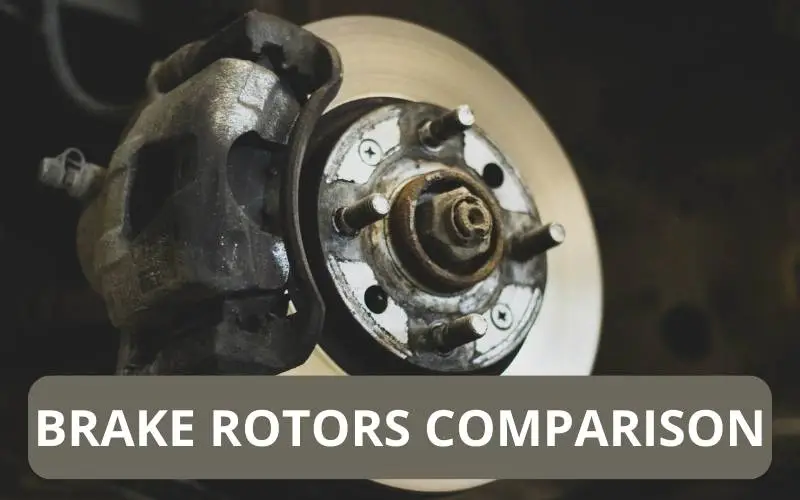
In this section, I’m going to compare the most popular Series – Zinc Coated Drilled and Slotted and BD126407E from both brands by various product specs & features, prices, warranty, durability, performance, stopping power and noise levels.
Here is a detailed comparison table showcasing what each brand has to offer:
| Dynamic Friction | Wagner | |
| Series | Zinc Coated Drilled and Slotted | BD126407E |
| Material | Cast Iron | Cast Iron |
| Coating | Zinc coated | Zinc coated |
| Type | Vented | Vented |
| Durability | Superior durability thanks to the premium G3000/G11H18 iron castings | Balanced through spin balancing and precision cut to minimize vibrations, enhancing stability and control |
| Performance | Improved brake grip and increased stopping power | The Original Equipment (OE)-specific vane design ensures powerful braking performance and efficient heat dissipation, while effectively managing noise, vibration, and harshness |
| Price | $36.00 – $1292.00 | $53.98 |
| Warranty | 12 months/12,000 Miles Limited Warranty | covers defects in material and workmanship for 24 Months/24,000 Miles |
| Stopping Power Rating (More Stars = More Stopping Power) | ⭐⭐⭐⭐ | ⭐⭐⭐⭐ |
| Noise Levels Rating (Fewer Stars = Less Noise) | ⭐ | ⭐⭐ |
| Performance Over Stock Rating (More Stars = More Performance) | ⭐ | ⭐ |
Dynamic Friction 3000 Semi-Metallic vs Wagner QuickStop Ceramic Brake Pads Comparison
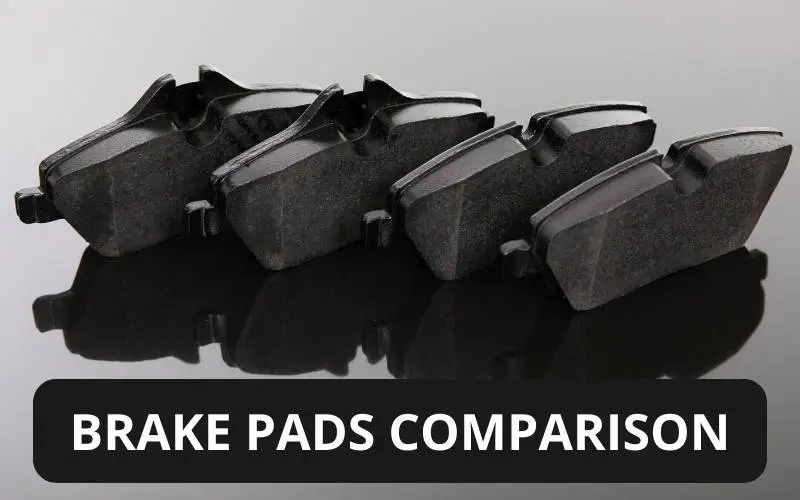
In the following section, I’m going to compare the most renowned Brake Pads series from both brands by various product specs & features, prices, warranty, performance, stopping power, brake dust accumulation and noise levels.
Here is a detailed comparison table showcasing what each brand has to offer:
| Dynamic Friction | Wagner | |
| Series | 3000 Semi-Metallic | QuickStop Ceramic |
| Material | Semi-Metallic | Ceramic |
| Performance | The Dynamic Friction 3000 Semi-Metallic Brake Pads are meticulously designed to offer optimal braking power and consistent friction performance across a broad temperature range. These pads serve as the perfect replacement solution for your passenger or light-duty truck. | Wagner’s QuickStop Ceramic brake pads are meticulously crafted with OE-matched friction formulations and configurations, ensuring reliable, like-new braking performance and maximum durability. |
| Price | $18.00 – $94.00 | $11.21 – $144.42 |
| Warranty | covers defects in material and workmanship for 12 months/12,000 Miles | covers defects in materials or workmanship for a period of 24 months (24,000 miles) |
| Dust Levels Rating (Fewer Stars = Less Dust) | ⭐⭐⭐ | ⭐ |
| Stopping Power Rating (More Stars = More Stopping Power) | ⭐⭐⭐⭐⭐ | ⭐⭐⭐⭐⭐ |
| Noise Levels Rating (Fewer Stars = Less Noise) | ⭐ | ⭐ |
| Performance Over Stock Rating (More Stars = More Performance) | ⭐⭐ | ⭐⭐ |
Differences
1. Overall Performance and Quality
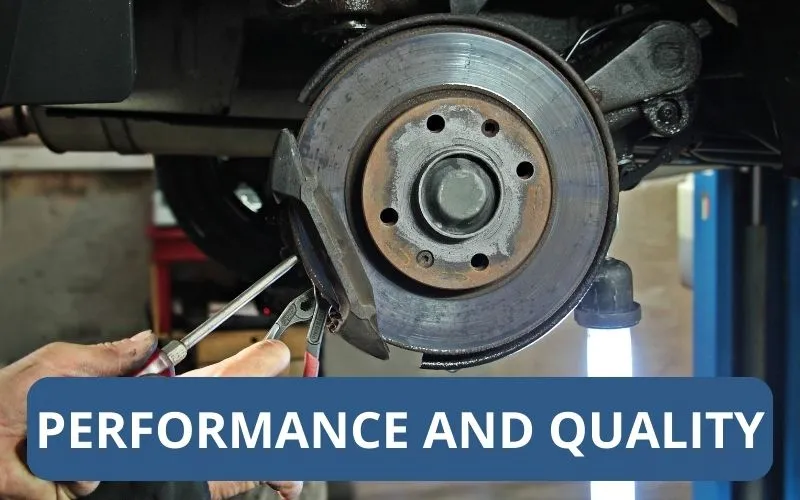
When comparing the overall performance of Dynamic Friction and Wagner brakes, users have provided feedback on several key factors:
Dynamic Friction:
- Users generally find Dynamic Friction front brake pads reliable, producing minimal noise and brake dust. They are likened to other well-known brands like Akebono, Hawk, Centric, and Raybestos Element3.
- The DFC Geospec rotors have shown satisfactory performance over a year of use, with one user recommending them given their competitive pricing.
- However, some users have noted that while the Dynamic Friction rotors and pads are comparable to the original equipment (OE) pads, others do not meet this standard.
- While the DFC 1000 brake pads are recommended for daily driving and track days, they reportedly produce a significant amount of brake dust.
Wagner:
- Wagner brake parts, specifically the ThermoQuiet brake pads, come highly recommended by several users who even use them on all their cars.
- These brake pads are noted for their good bite and low brake dust, and some users plan on re-purchasing them for future brake jobs.
- Wagner’s premium brake rotors are praised for their E-Shield protective electro-coating that inhibits corrosion on non-braking surfaces.
- However, some users have reported issues with Wagner brake parts failing or producing noise.
In conclusion, both Dynamic Friction and Wagner have their strengths and weaknesses.
2. Rotors and Brake Pads Prices
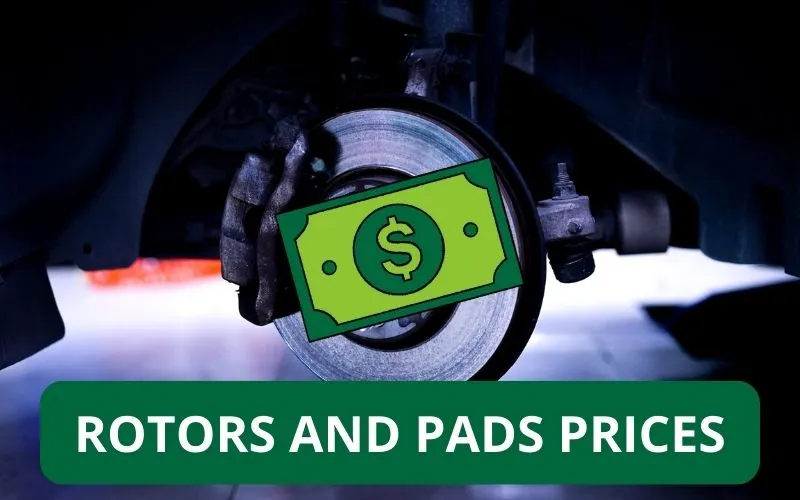
I’ve gathered some interesting information regarding the brake rotor prices for both brands. You can take a look at them in the table below:
| Dynamic Friction Rotors Prices⁽¹⁾ | Wagner Rotors Prices⁽²⁾ | |
| Lowest Priced Rotors | DFC Premium Plain Disc Brake Rotor goes from $12.08 | Wagner Solid Rear Brake Rotor goes from $18.86 |
| Most Expensive Rotors | DFC Hi-Carbon Alloy GEOMET Drilled and Slotted Front Brake Rotor goes for $1,109.42 | Wagner Vented Front Brake Rotor goes for $385.06 |
Alternatively, you can see the brake pads prices for Dynamic Friction and Wagner below:
| Dynamic Friction Brake Pads Prices⁽¹⁾ | Wagner Brake Pads Prices⁽²⁾ | |
| Lowest Priced Pads | DFC 3000 Semi-Metallic Rear Disc Brake Pads go from $11.85 | Wagner QuickStop Semi-Metallic Rear Disc Brake Pads go from $10.77 |
| Most Expensive Pads | DFC Track/Street Low Metallic Front Brake Pads go for $182.23 | Wagner QuickStop Ceramic Front Disc Brake Pads go for $144.42 |
3. Pros and Cons
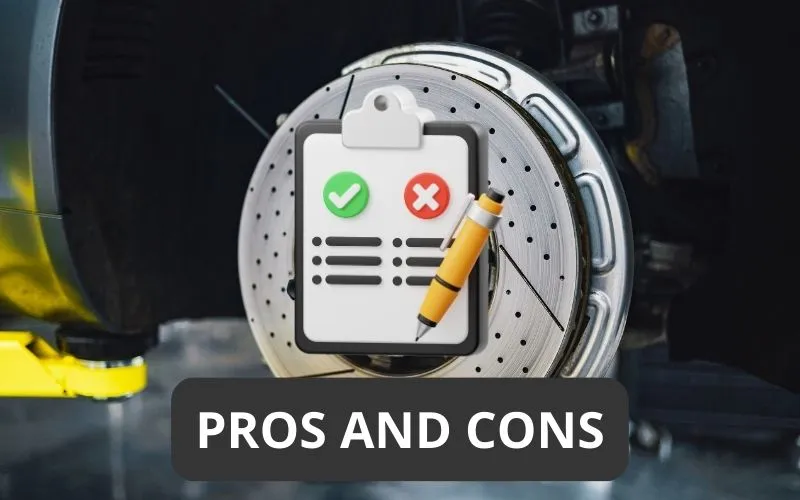
In this section, I’ve tried to showcase the most noticeable advantages and disadvantages for these two experts in brakes.
Dynamic Friction
| Pros | Cons |
| ✔ OE quality brake products | ❌ The usual excesive amount of brake dust from most of their pads |
| ✔ Wide range of products | |
| ✔ Great for track use |
Wagner
| Pros | Cons |
| ✔ Reliability | ❌ Complains about brake dust and noise from some of their brake pads |
| ✔ Respectable quality | |
| ✔ Affordable pricing |
Which Is the Better Brand Overall?
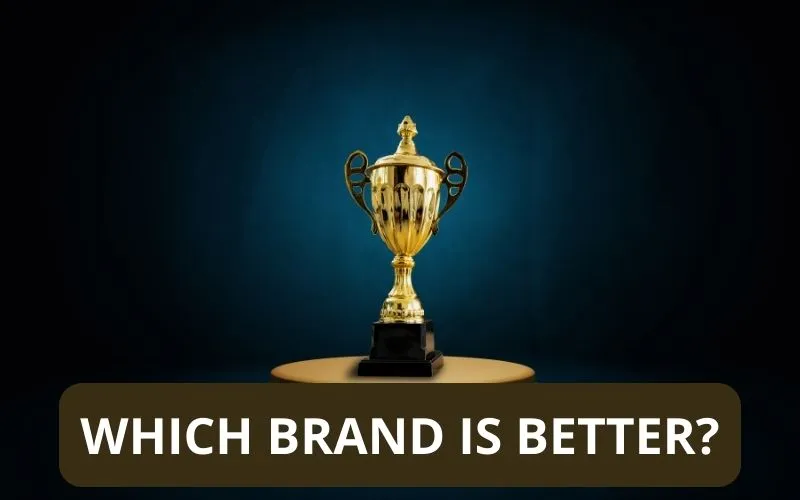
While both Dynamic Friction and Wagner have their strengths and weaknesses, I would lean slightly towards Dynamic Friction.
This is primarily due to its consistent performance and quality, as reported by users, even under demanding conditions like track use.
However, both brands are quite close, so the choice could depend on specific needs or preferences.